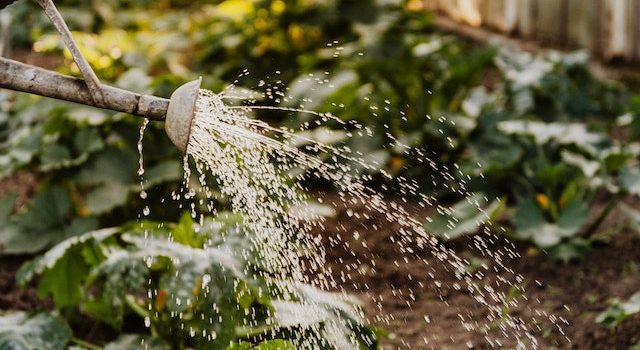
Introduction
Eating a healthy and balanced diet is essential for maintaining good health. However, for people with special dietary needs, such as those with diabetes, high blood pressure, or celiac disease, it can be challenging to find foods that meet their nutritional requirements. One solution to this problem is to grow your own vegetables, tailored to your specific dietary needs. In this article, we will explore how customized crops can help manage health conditions and provide tips on how to grow your own vegetables.
Understanding Special Dietary Needs
Special dietary needs refer to the specific nutritional requirements of individuals with health conditions such as diabetes, high blood pressure, or celiac disease. For example, people with diabetes need to monitor their carbohydrate intake, while those with high blood pressure need to limit their sodium intake. Similarly, people with celiac disease need to avoid gluten-containing foods. Growing your own vegetables can help you meet these specific dietary needs by allowing you to control what goes into your food.
Customized Crops for Special Dietary Needs
Growing your own vegetables allows you to customize your crops to meet your specific dietary needs. For example, if you have diabetes, you can grow low-carbohydrate vegetables such as leafy greens, broccoli, and cauliflower. If you have high blood pressure, you can grow vegetables that are low in sodium, such as tomatoes, cucumbers, and bell peppers. Similarly, if you have celiac disease, you can grow gluten-free vegetables such as sweet potatoes, carrots, and beets.
Tips for Growing Your Own Vegetables
Growing your own vegetables can be a fun and rewarding experience. Here are some tips to help you get started:
1. Choose the right location: Vegetables need at least six hours of sunlight per day, so choose a location that gets plenty of sun.
2. Prepare the soil: Vegetables need well-draining soil that is rich in nutrients. Add compost or other organic matter to improve the soil quality.
3. Choose the right vegetables: Choose vegetables that are suited to your climate and growing conditions. Research which vegetables are best for your specific dietary needs.
4. Water regularly: Vegetables need regular watering to thrive. Water deeply once or twice a week, depending on the weather.
5. Control pests and diseases: Use natural pest control methods such as companion planting, crop rotation, and organic pesticides to control pests and diseases.
Conclusion
Growing your own vegetables can be a great way to meet your specific dietary needs and manage health conditions. By customizing your crops to meet your nutritional requirements, you can ensure that you are getting the nutrients you need to stay healthy. With a little bit of planning and effort, you can grow your own vegetables and enjoy the benefits of fresh, healthy produce.










